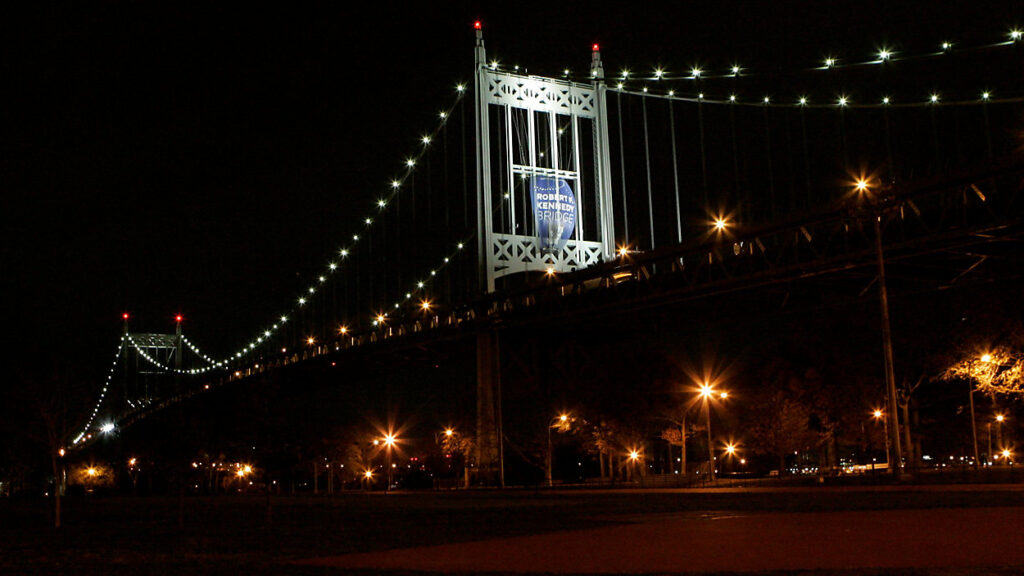
The RFK Bridge, a key artery connecting the boroughs of Manhattan, Queens, and the Bronx in New York City, continues to play a vital role in the daily lives of thousands of commuters. Originally opened in 1936 as the Triborough Bridge, this crucial piece of infrastructure was renamed in 2008 to honor the legacy of Senator Robert F. Kennedy. The bridge has witnessed numerous changes and upgrades over the decades, and today’s updates continue to shape the future of one of New York City’s most important transportation links.
In today’s news, a combination of traffic updates, future infrastructure projects, and environmental concerns are at the forefront of discussions surrounding the RFK Bridge. This article covers the most important aspects of the RFK Bridge’s recent developments and how they affect residents, commuters, and the city’s future.
Traffic Updates: Heavy Congestion Amid Ongoing Repairs
As one of the busiest bridges in New York City, the RFK Bridge sees an average daily traffic volume of over 200,000 vehicles. However, recent repair work on the bridge has caused significant traffic disruptions, leading to mounting frustration among daily commuters. Today’s update from the MTA indicates that lane closures on the Manhattan and Bronx spans of the bridge will continue through the end of 2024 due to maintenance on the aging roadways and the steel arch structure.
Commuters are urged to consider alternate routes during peak hours or use public transportation options, as the delays are expected to extend travel times by 15-30 minutes. The repairs are part of a broader effort by the MTA to ensure the long-term safety and functionality of the bridge, with a focus on replacing worn-out materials and modernizing traffic management systems.
For real-time updates on traffic patterns and delays, commuters can access the official MTA Bridge & Tunnel Updates.
Environmental and Noise Concerns Surrounding RFK Bridge
Recent reports have raised environmental concerns around the RFK Bridge, particularly regarding the increased noise pollution caused by heavy traffic. The dense residential neighborhoods in both Queens and the Bronx, particularly in Astoria and Randall’s Island, have reported heightened noise levels that are negatively impacting the quality of life for local residents.
Today’s environmental study, published by NYC Environmental Protection, highlights that the combination of vehicle noise, engine idling, and roadwork sounds are well above acceptable thresholds set by the Environmental Protection Agency (EPA). Local advocates have been pushing for noise-dampening measures, including better sound barriers and stricter enforcement of noise ordinances on large trucks that regularly use the bridge.
Simultaneously, concerns over air quality remain a prominent issue. The high volume of traffic produces significant emissions, contributing to the already high pollution levels in the surrounding areas. The city’s Department of Transportation (DOT) has announced a new initiative to incorporate eco-friendly improvements on and around the RFK Bridge, including the installation of electric vehicle charging stations and increased signage encouraging the use of public transportation.
For those interested in learning more about the ongoing environmental projects in New York City, you can visit our dedicated page at Newsify Environment.
Future of the RFK Bridge: Proposed Plans and Expansion Projects
In addition to regular maintenance, the RFK Bridge is also set to undergo a series of upgrades and expansions aimed at accommodating the ever-increasing flow of traffic. In today’s announcement, New York City Mayor Eric Adams and Governor Kathy Hochul outlined their vision for a more sustainable and efficient RFK Bridge by 2030. This plan includes the possibility of widening certain lanes and adding pedestrian walkways, making the bridge more accessible for cyclists and foot traffic.
Moreover, with the growing importance of alternative transportation, city planners are exploring the idea of incorporating dedicated bus lanes to facilitate faster public transit across the bridge. This measure would align with the MTA’s larger strategy to reduce the number of cars on the road by making bus travel a more viable and time-efficient option for commuters.
These proposals are currently in the feasibility study phase, with public hearings scheduled for early next year. To stay informed about these developments, make sure to check out the city’s official proposal updates on the NYC DOT website.
Community and Political Response to RFK Bridge Updates
The RFK Bridge is not just a functional infrastructure asset; it’s a critical part of the community that connects multiple boroughs and serves millions of New Yorkers. However, local community boards and political figures have mixed reactions to the proposed expansions. Residents of Astoria and Harlem have expressed concern over the potential for increased gentrification in their neighborhoods as improved access may drive up real estate prices.
On the other hand, Bronx Borough President Vanessa L. Gibson has expressed strong support for the upgrades, particularly the inclusion of more pedestrian-friendly spaces. “The RFK Bridge is a lifeline for Bronx residents,” said Gibson in a recent press conference. “It’s imperative that we invest in its future, not just for today’s commuters but for the next generation of New Yorkers.”
Furthermore, state representatives are lobbying for increased funding to ensure the projects are completed on schedule and do not suffer the same delays as seen in past MTA ventures. Given the political significance of such infrastructure improvements, the RFK Bridge is expected to be a key topic in the upcoming mayoral and gubernatorial elections.
For the latest political news and community feedback related to the RFK Bridge, check out Newsify Politics.
Economic Impact of the RFK Bridge on Local Communities
Today’s WRAL coverage also highlighted the economic impact of the RFK Bridge on the surrounding communities. As a critical link between Manhattan, Queens, and the Bronx, the bridge facilitates not only commuter traffic but also commerce and tourism. Small businesses in Harlem and Astoria rely on the daily traffic that passes through the bridge, and disruptions caused by construction or long-term closures can have significant economic consequences.
According to a recent report by the New York State Comptroller’s Office, the RFK Bridge generates approximately $144 million in toll revenue annually, a large portion of which goes towards maintaining the bridge’s infrastructure and funding public transportation projects. The toll revenues from the RFK Bridge, combined with other key bridges and tunnels, make up a substantial part of the MTA’s budget. This emphasizes the bridge’s crucial role in the economic vitality of the region.
For more insights into how the RFK Bridge and other infrastructure projects are shaping New York’s economy, check out our Business & Economy Section.
Conclusion: RFK Bridge’s Importance to New York’s Future
As New York City continues to evolve, the RFK Bridge remains a central piece of its transportation puzzle. While it faces current challenges such as traffic congestion, environmental issues, and economic pressures, city leaders are working on various solutions to ensure its longevity and improved functionality.
From long-term infrastructure upgrades to community-driven initiatives, the RFK Bridge will likely continue to play a vital role in New York’s future. Whether you’re a commuter, a resident, or simply passing through, understanding the bridge’s ongoing developments can help you stay informed and navigate the city more effectively.
For further updates on transportation news, infrastructure projects, and other critical news, visit Newsify.




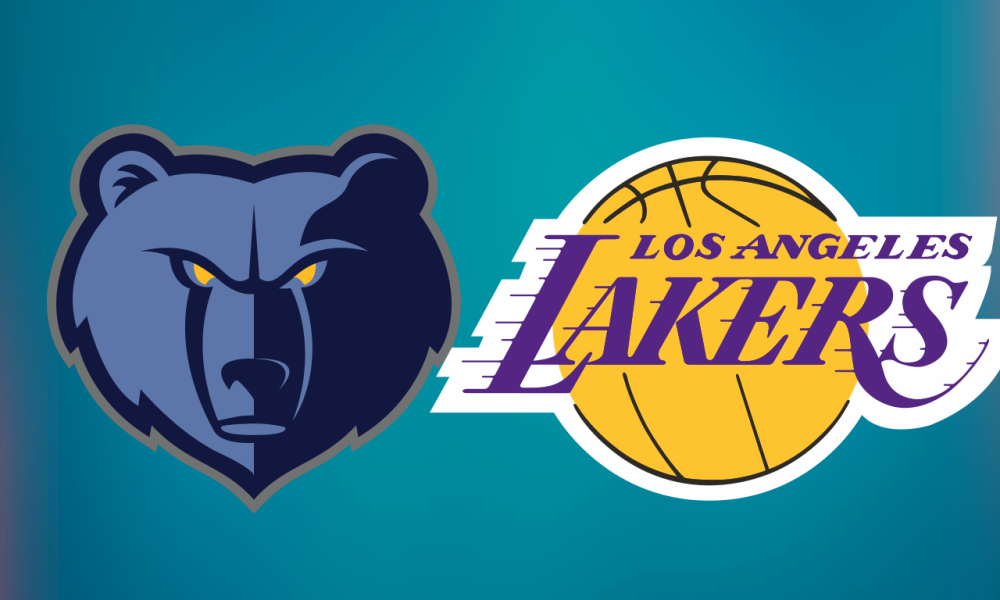
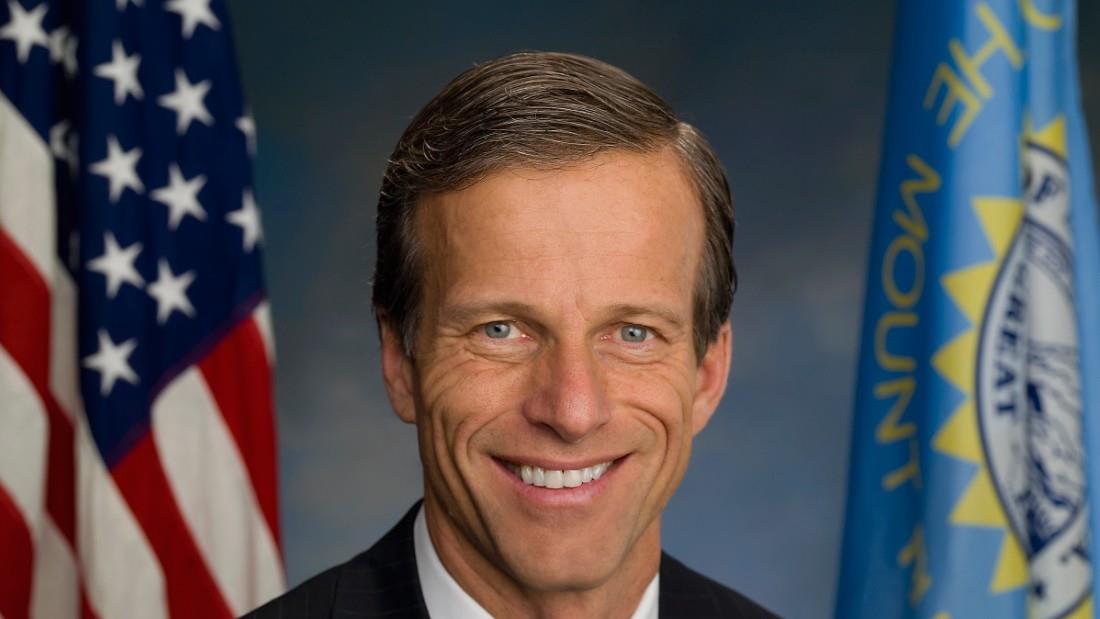
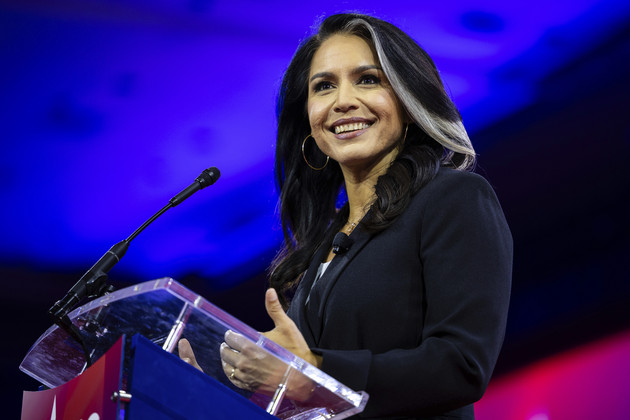
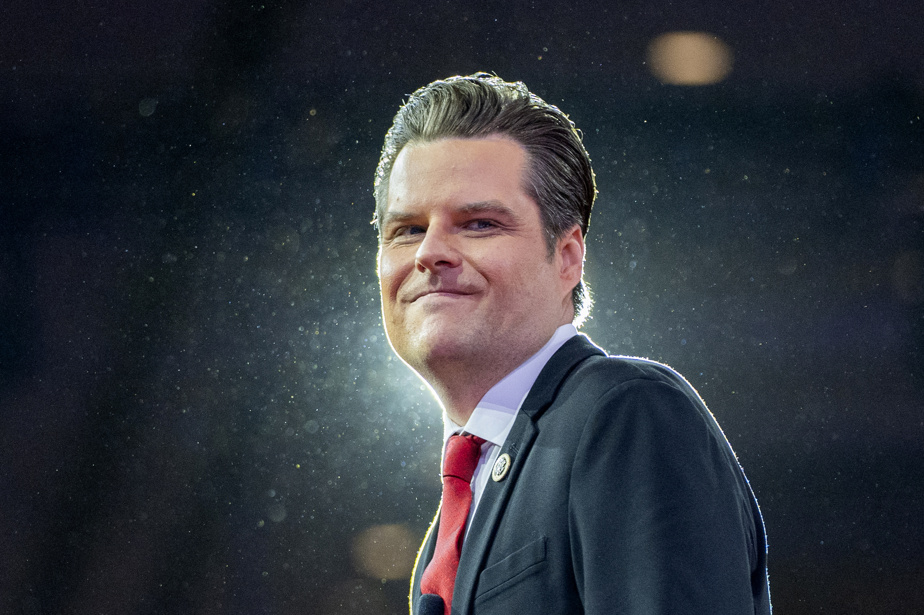
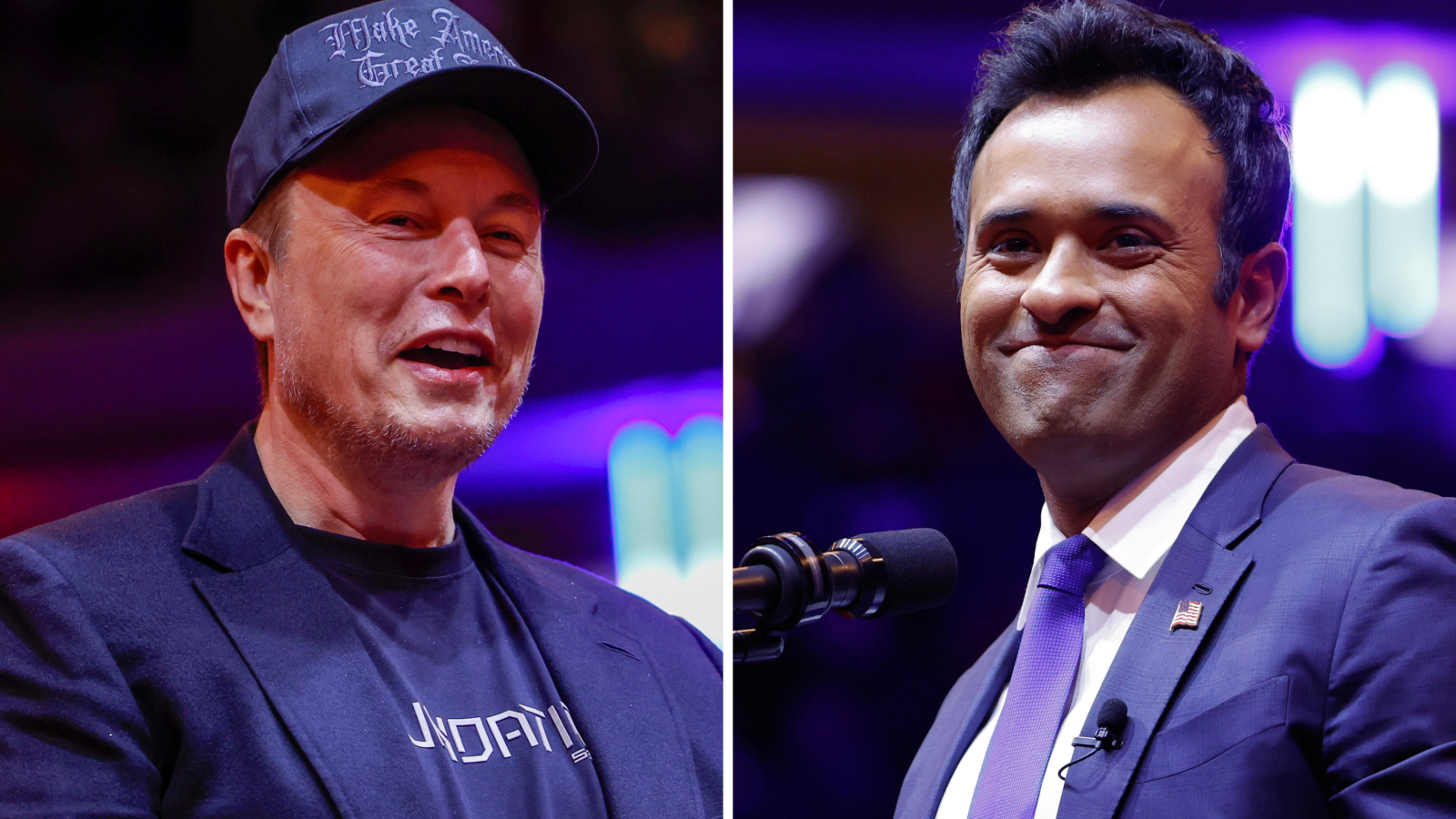
Leave a Reply